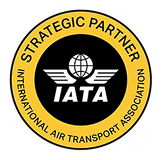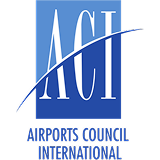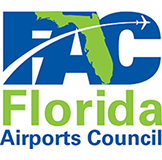Thought Leadership | From Stress to Seamless: Rethinking the Passenger Experience
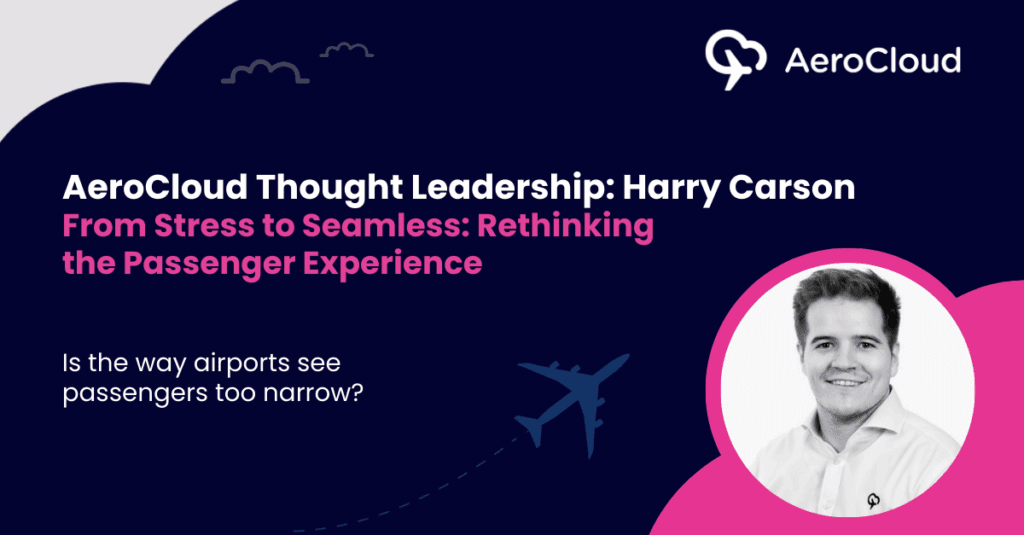
I’ve always loved airports. I know that’s not something everyone says. For many, airports mean queues, security bins, and the constant fear you’ve left your passport in the taxi. But for me? They’re exciting, a gateway to something new.
One of the first flights I ever remember taking was to Orlando with my family. On the return leg, full of post-holiday blues, I proudly carried my brand-new MP3 player, which had been a birthday gift from Walmart. At check-in, I asked the lady behind the desk, “Can I listen to my new MP3 player on the plane?” She smiled and said, “Yes, after take-off.” My face must have fallen as I replied, genuinely worried, “When do they take it off you?”
Looking back, it’s funny, but it’s also the start of my lifelong fascination with airports.
Knowing the hacks and the hurdles
These days, as a young (hoping that still counts) and frequent traveller, I’m probably an Airport Director’s worst nightmare. I’m the person who turns up just 60 minutes before departure, takes the quickest possible route through the terminal, bypasses the winding retail corridors, and times my security dash to perfection.
But my view of the airport isn’t just shaped by my own efficiency. Outside of my work travel, I often fly with a passenger who has reduced mobility. That changes the picture entirely. What feels smooth and familiar to me can, for them, become slow, stressful, and full of uncertainty. Over the years, I’ve learned to spot where the magic of the airport journey shines… and where it falters.
The way airports see passengers is too narrow
The truth is, most airports still divide passengers into a handful of broad, static groups: business or leisure, seasonal or off-peak, low-cost or premium.
It’s simple, but it’s too blunt. It doesn’t reflect the real differences in how people move, decide, and behave. Take me, for example: on my quick business trips, I’m in and out, maybe a coffee if the queue is short. But get me through security quickly on a family holiday, and I’m a different customer entirely: a sit-down meal, a pint (or two), maybe a browse through duty-free. Same person, totally different behaviour, all based on the context of that trip.
Those differences matter for operations, for planning, and yes, for revenue.
Forecasting today and why it’s not enough
Airports do use passenger profiles to forecast. They look at likely arrival times, processing speeds, and resource demand based on those broad categories. It works, to a point but the forecasts are only as good as the profiles they’re based on.
If your forecast is built on a generic “business traveller” bucket, you’ll know roughly when to expect the morning rush… but you won’t know how that rush changes by airline, destination, or even the weather. You won’t see the subtle variations that actually dictate where and when your resources should be deployed.
Imagine what could happen if we went deeper
What if we could link a passenger’s journey, anonymously, to the exact flight they’re taking? Suddenly, the data becomes richer. Patterns start to emerge. We’d see that passengers heading to certain destinations arrive earlier than average. That a Friday afternoon transatlantic flight drives more retail spend than any other time of the week. That certain routes consistently generate more PRM requests.
Over time, these patterns could form detailed, dynamic passenger profiles that shift with the season, the destination, even the day of the week. Profiles based on real behavior, not just broad labels.
From reacting to anticipating
Once you’ve got that level of insight, you can move from hindsight to foresight. You can still plan for the peak but you can also avoid wasting resources when that peak is smaller or shorter than history might suggest.
Instead of rostering extra staff for a “busy” Friday morning because it’s always been busy, you’d know that this week’s demand will be lighter, freeing those resources for where they’ll make more impact.
This isn’t just about meeting demand. It’s about right-sizing your operations in real time, optimizing every gate, lane, and team.
What that means for the passenger
For travellers, it’s not just about moving faster it’s about feeling less stressed. It’s check-in desks that are ready when you arrive. Security that’s fully staffed before the rush. Boarding gates that don’t feel like a cattle pen. And more time to grab that coffee, meal, or pint without keeping one eye on the clock.
It’s a journey that feels almost invisible. The kind where everything just works.
Making memories, not bottlenecks
Airports aren’t just gateways; they’re the first and last chapter of a trip. They set the tone. They shape the memory. The airports that learn to anticipate passenger needs, rather than simply respond to them, will not only move people more efficiently, they’ll make journeys worth repeating, even for those who’ve always found them challenging.
That’s not just operational excellence. That’s passenger experience done right.
About The Author
Harry Carson
Senior Commercial Manager, AeroCloud
Harry Carson plays a pivotal role in driving the company’s success within the aviation industry. With extensive experience delivering cutting-edge IT solutions across both public and private sectors, Harry is committed to helping airport exceed their strategic and operational goals.
A seasoned leader in commercial management, Harry has a proven track record of guiding teams, developing strategies, and achieving strong business growth.






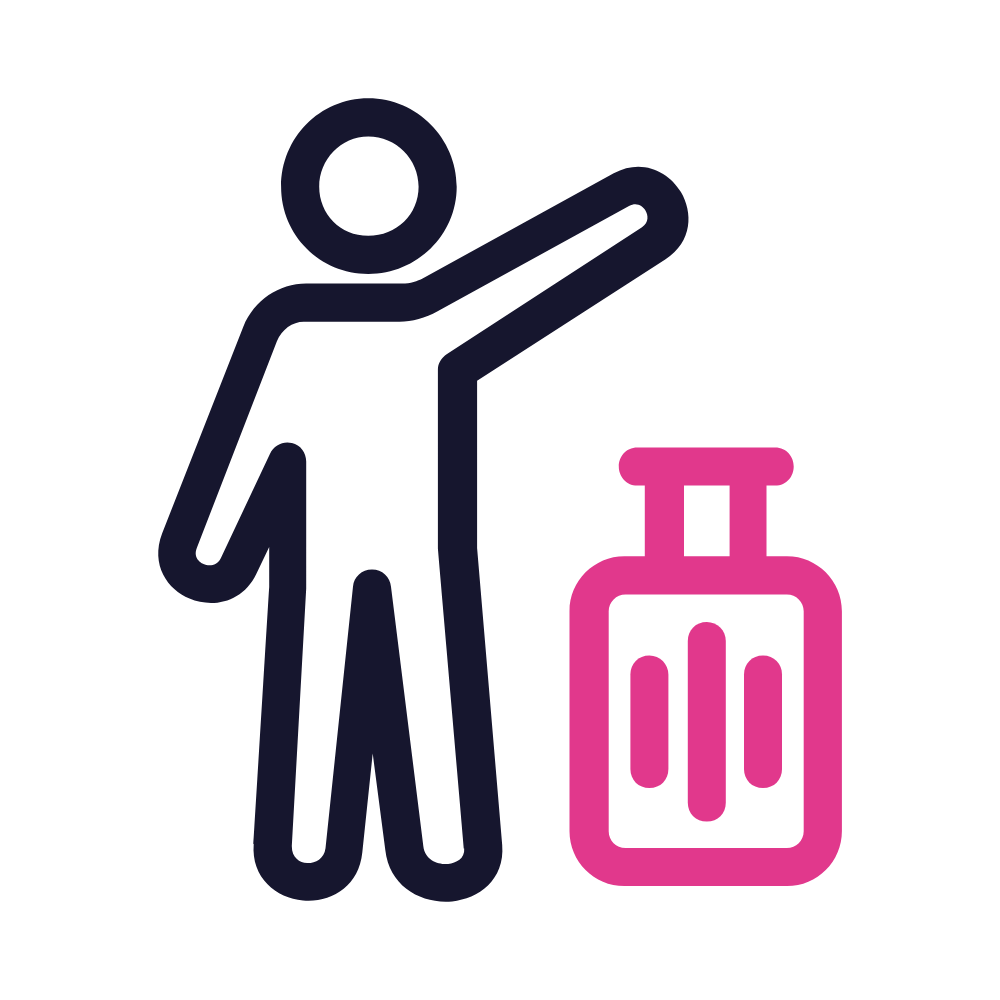

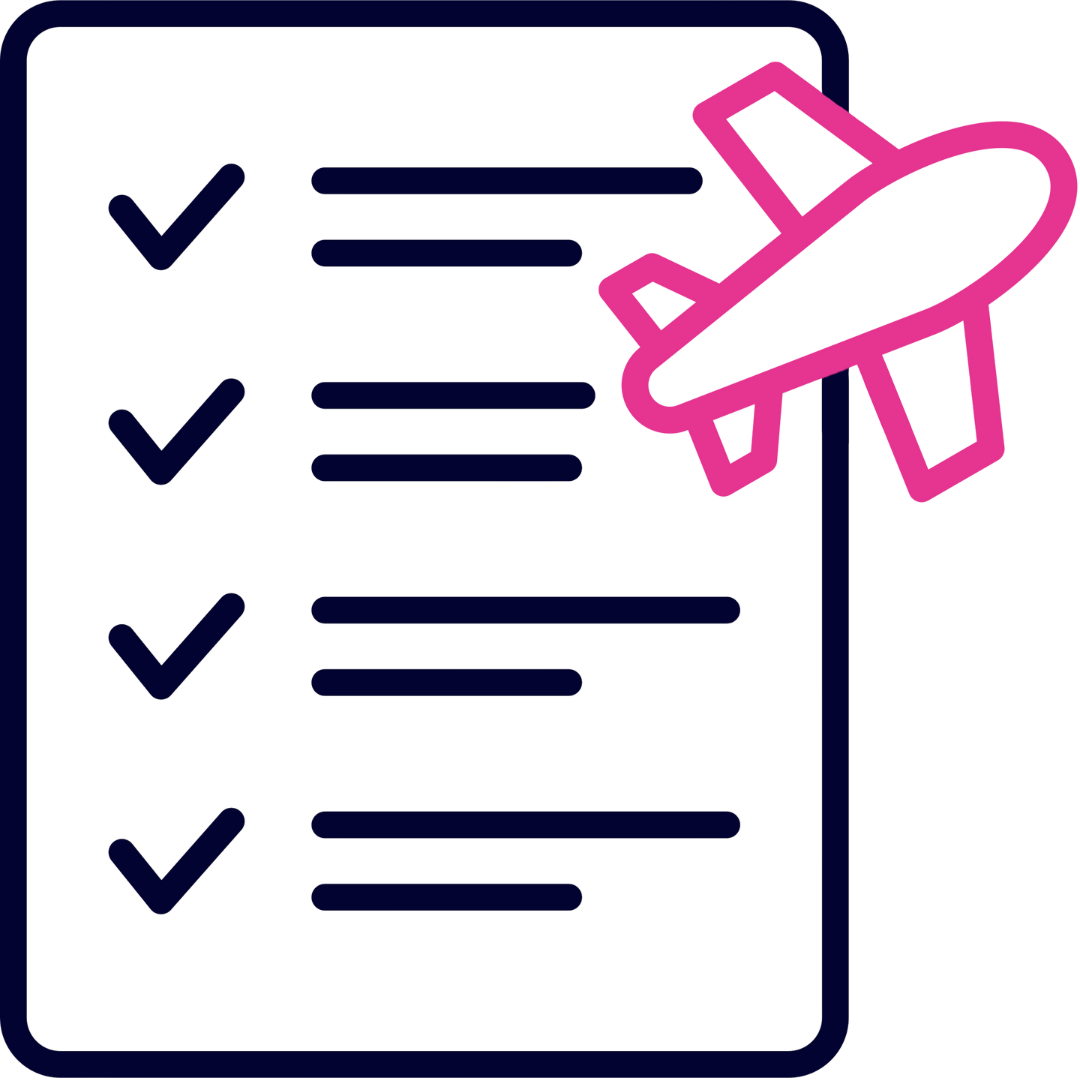
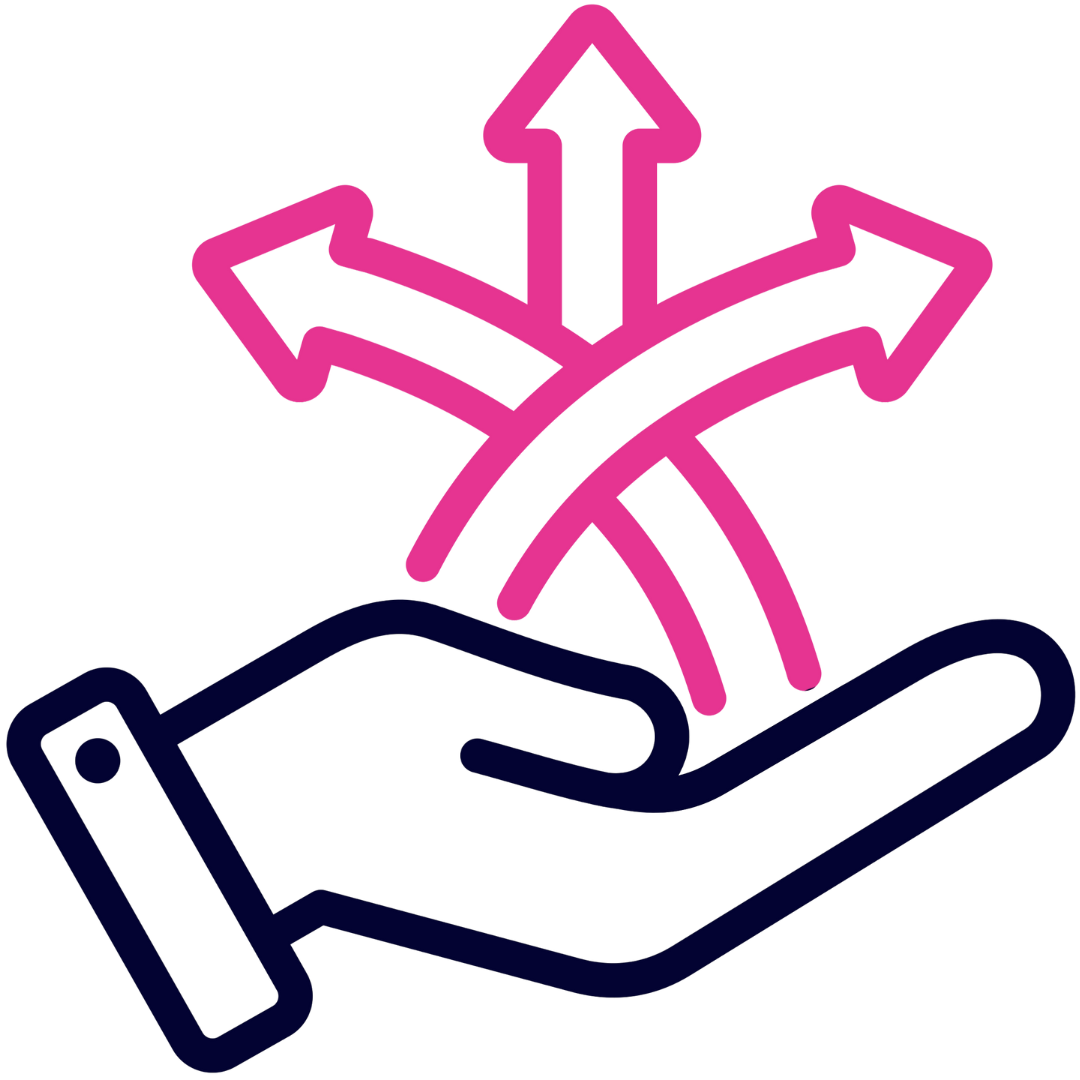
 5th September 2025
5th September 2025 


